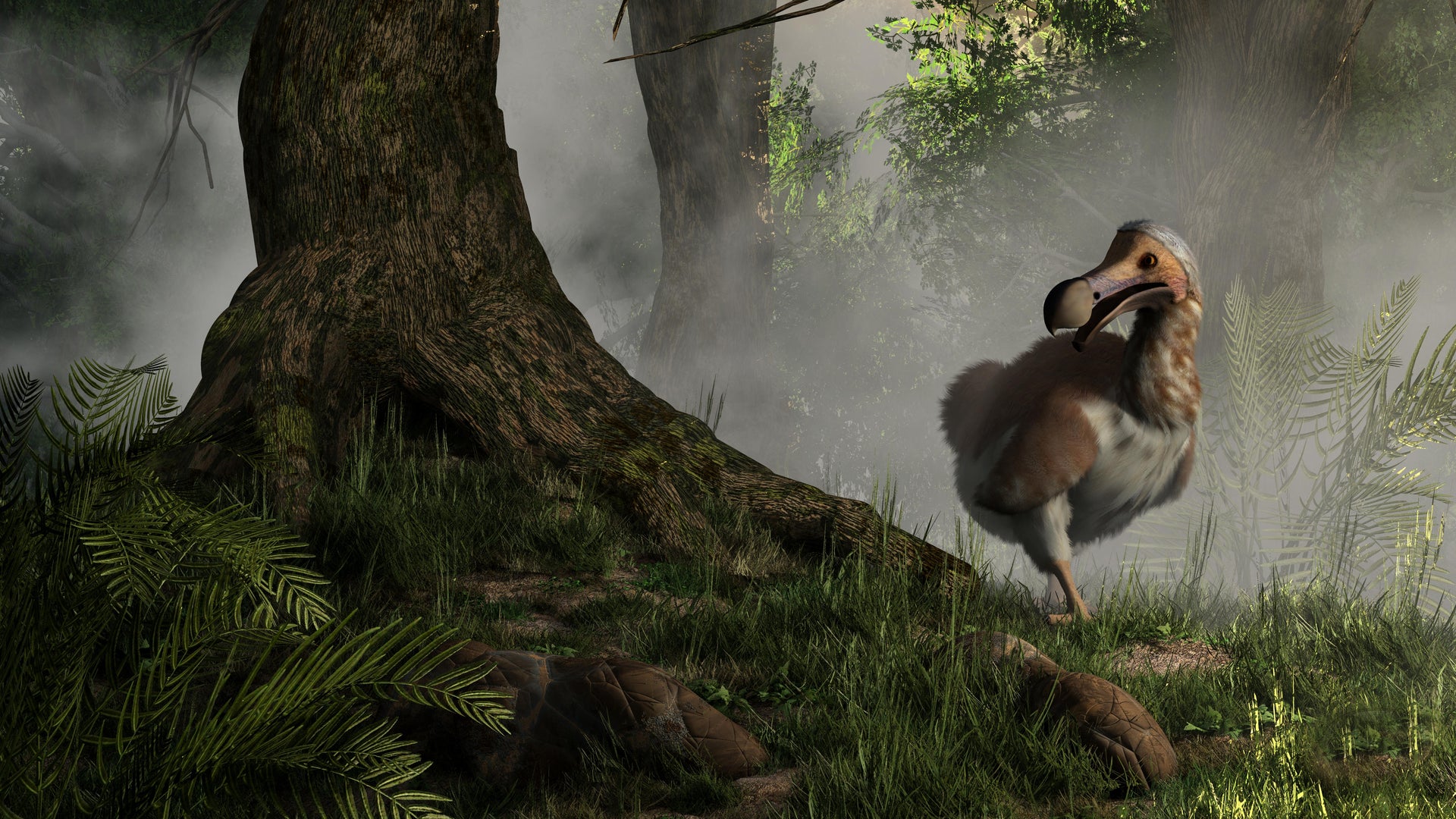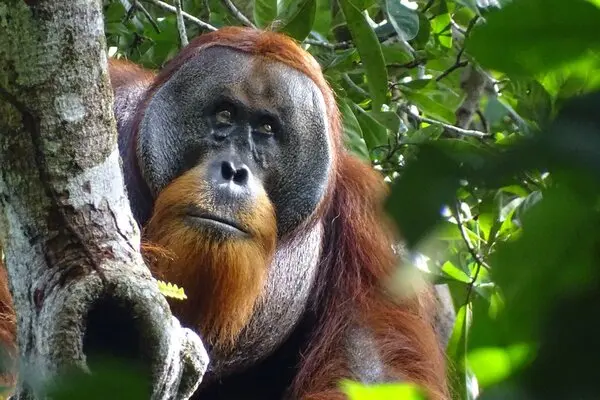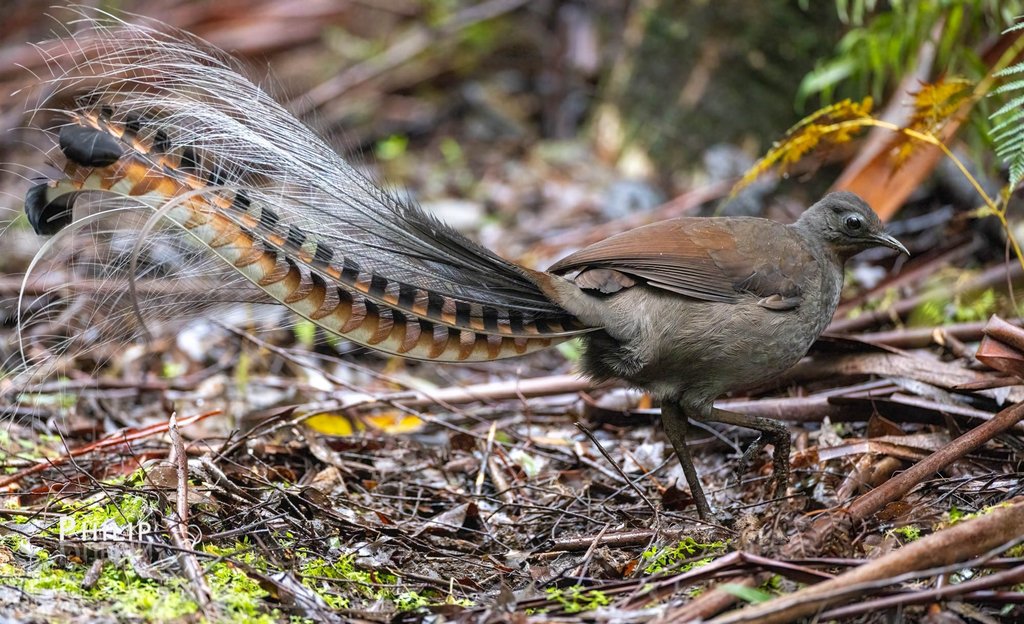solsticeuniversity.com – The dodo (Raphus cucullatus), an iconic symbol of extinction, was a flightless bird native to Mauritius, an island in the Indian Ocean. Standing about three feet tall, with a plump body, stubby wings, and a distinctive hooked beak, the dodo thrived in isolation until humans arrived. Its story is a poignant reminder of nature’s fragility.
Dodos evolved from pigeon-like ancestors, adapting to Mauritius’s predator-free environment. With abundant fruit and no need to fly, they grew large and lost flight, waddling through forests and coastal areas. Dutch sailors first recorded them in 1598, marveling at their odd appearance and tame nature—traits that earned them the name “dodo,” possibly from a Dutch word for “simpleton.”
Their extinction unfolded swiftly. By the mid-1600s, European colonization brought habitat destruction, hunting, and invasive species like pigs and rats, which raided dodo nests. Unaccustomed to threats, dodos had no defenses. The last credible sighting was in 1662, though some suggest they lingered into the 1690s. Within a century of discovery, they were gone.
Today, the dodo lives in museum relics—bones, a few sketches, and one dried head at Oxford. It’s a cultural icon, appearing in Alice’s Adventures in Wonderland and symbolizing lost biodiversity. Scientists study its DNA to understand its lineage, but cloning remains a distant dream. The dodo’s demise warns of human impact on ecosystems, a lesson as relevant in 2025 as ever.




